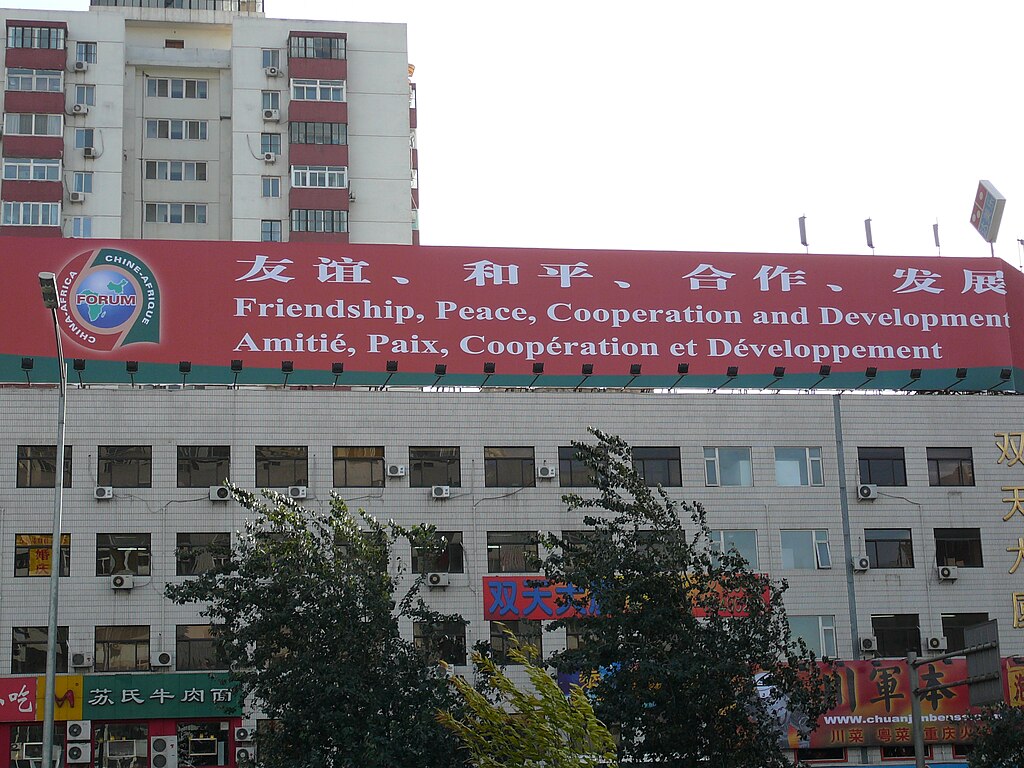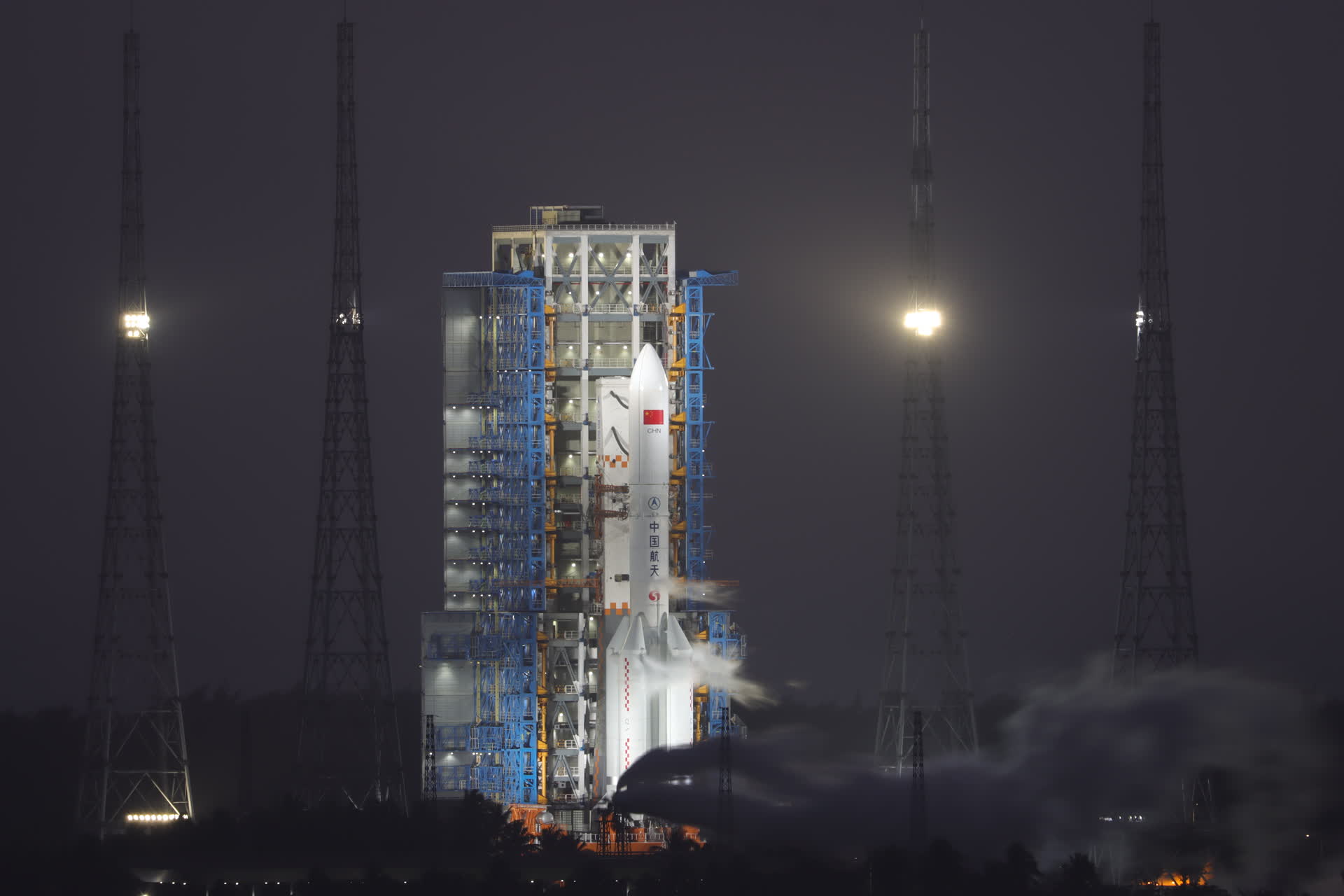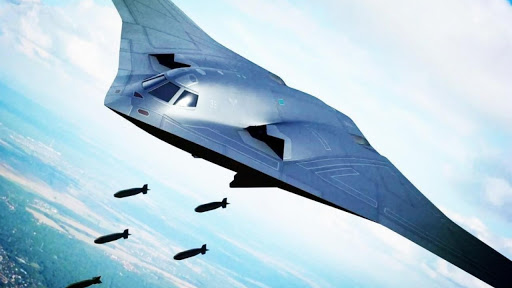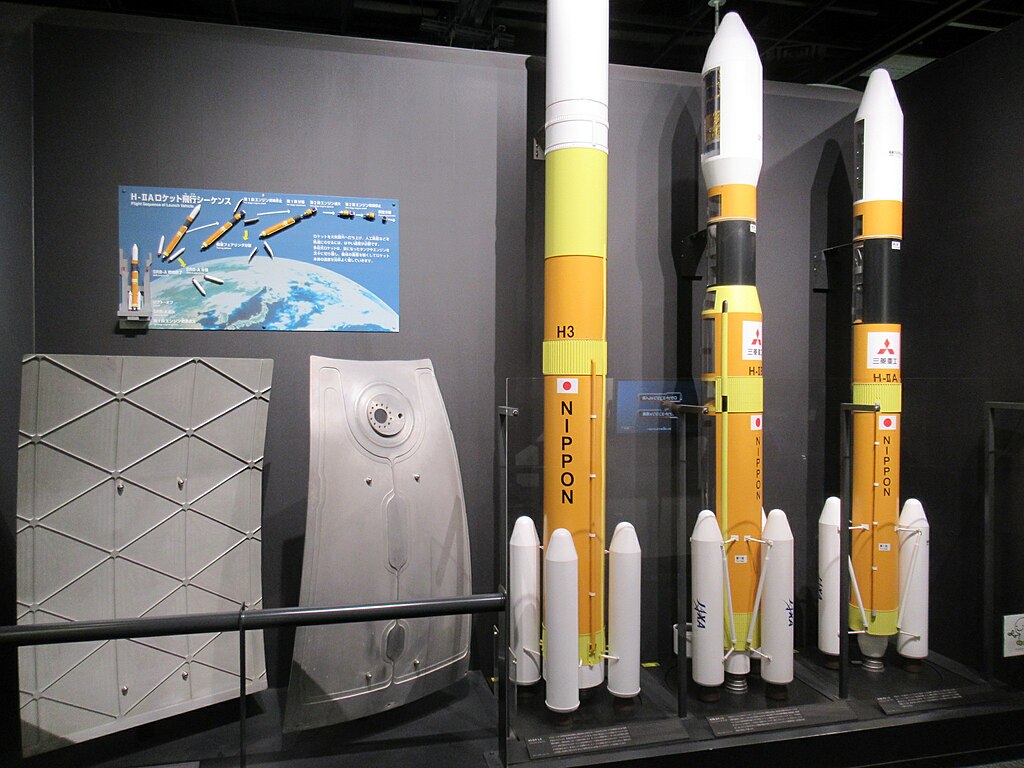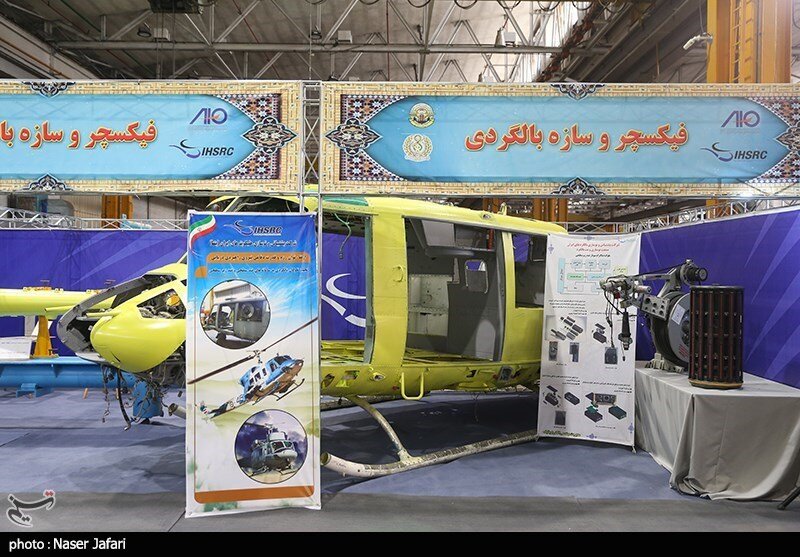
Iran Helicopter Support and Renovation Company display of upgraded Bell-212, in Tehran in March 2024. Iran’s Navy has announced that it will equip its Bell-212 helicopters with both SONAR and knockoffs of Hellfire missiles.
“This new missile was nicknamed the Iranian Hellfire.”
Iran’s Navy has announced that it will equip its Bell-212 [R1] helicopters with both SONAR and air to ground missiles, copies of the U.S. made Hellfire missiles. While it appears to exaggerate its mastery of SONAR, its reverse engineering of the Hellfire appears real.
As the Iranian Navy expands its footprint, it relies increasingly on helicopters to project power.[i] The excerpted article from the news portal Khabar Online, describes a Defense Ministry exhibition of new products held at the Iran Helicopter Support and Renovation Company. Headlining the exhibit was an upgraded Bell-212 helicopter, modified to conduct anti-submarine operations and to carry Ghaem-114 missiles, an Iranian copy of the U.S.-made AGM-114 Hellfire air-to-ground missile.
SONAR is important to Iran. Even though the Persian Gulf is both narrow and shallow with an average depth of 100 feet and a maximum depth of just 295 feet, Iranian defense officials worry that enemy submarines can approach their shores and ships without detection. Should war erupt between Israel and Iran, for example, submarine-launched missiles would be a major component of any Israeli attack on Iran. Detecting submarines and developing anti-submarine warfare is increasingly important to the Iranian Navy as it operates farther from its shores. The distance between the Iranian naval base at Bandar Abbas and the Bab el-Mandeb, a strategic waterway between Yemen and Djibouti where Iran currently operates, for example, is nearly 1,700 nautical miles. This is outside the defensive layers of speedboats and shore-based missiles the Iranian Navy rely upon closer to its shores. It is unclear, however, if the Iranian announcement of its helicopter-borne SONAR system is real. While Iranian press photos showing the helicopter at the Tehran exhibit are new, photographs accompanying Iranian media coverage depicting a Bell-212 deploying SONAR at sea are two years old and depict a U.S. Navy helicopter. As such, Iranian Navy helicopter-equipped SONAR is more likely in development.
The Ghaem-114 missile likely represents a truer capability, albeit one that is not new. In July 2021, the Islamic Revolutionary Guard Corps Ground Forces unveiled a helicopter-launched Ghaem-114 Hellfire copy that it billed as an anti-tank missile with a range of six miles. In April 2023, the regular Iranian Army unveiled the “Shafagh” missile that it also likened to the U.S. manufactured Hellfire.[ii] The current announcement likely reflects the standardization of the Ghaem-114 across Iranian services. Iran also claims that its Ghaem-114 has both thermal and laser guidance with a 50-kilogram warhead. Iranian production of a Hellfire knock-off could have substantive tactical ramifications across the region. While Hamas and the Houthis do not have helicopters, the Iranian military could use lifting or non-enforcement of sanctions to provide these groups helicopters that could fire Ghaem-114s. The Houthis could equip drones with Ghaem-114s, while both Syria and Lebanese Hezbollah, both of which operate helicopters, could immediately introduce the Ghaem-114 to the Israeli frontier and the Eastern Mediterranean.
Sources:
“تجهیز این بالگرد ارتش به سونار و موشک قائم ۱۱۴ “(Equipping this [Bell-212] Helicopter with Sonar and Ghaem-114 missiles),” KhabarOnline.ir (general news website affiliated with reformist political factions), 4 March 2024. https://www.khabaronline.ir/news/1880466
Iran Helicopter Support and Renovation Company hosted an exhibition of Iran Ministry of Defense achievement. During this exhibition, the Ministry of Defense displayed some achievements in helicopters, including upgrading Iranian Navy [Bell-] 212 helicopters.
One of these achievements was upgrading the Iranian Navy’s [Bell-] 212 helicopters to equip them with sonar to detect submarines and deal with surface vessels…. Sonar technology enables the identification of ships and submarines through the emission of underwater soundwaves and determines their direction and distance. Submarines, surface ships, helicopters and maritime and anti-submarine patrol aircraft use sonar to discover their targets underwater.
Iran has SH-3 specialized anti-submarine helicopters in its air fleet that it purchased before the [1979 Islamic] Revolution and they can both detect all types of submarines and launch Mark 46 torpedoes. In addition, the [Bell-] 212 helicopters have been equipped with Ghaem-114 missiles to neutralize surface vessels and an electro-optical system to detect and targets vessels night and day….
In January 2020, during the delivery of overhauled helicopters to the armed forces, the Aerospace Force of the Army of the Islamic Revolutionary Guard Corps displayed [Bell-] 214 helicopters with Ghaem-114 missiles, similar to Hellfires. Although no detailed information about this missile was published, this new missile was nicknamed the Iranian Hellfire and many observers saw the development of this missile in the context of the design of new air-to-ground missiles….Equipping Navy helicopters with Ghaem-114 missiles increases the ability of this force to support amphibious operations seeking to capture the enemy coast and to counter small and fast enemy vessels or to deal with piracy in the Gulf of Aden.
Notes:
[i] Iran has no aircraft carriers, but it designs its frigates to accommodate helicopters as a means both to project power onto land from sea and to defend Iranian ships. For discussion of upgrading and rehabilitating Iranian helicopters, see: Michael Rubin, “Iran: Reconstruction and Overhaul of Helicopters,” OE Watch, 03 2021. https://community.apan.org/wg/tradoc-g2/fmso/m/oe-watch-articles-2-singular-format/382672
[ii] For discussion of Shafagh missile unveiling see: Michael Rubin, “Iran Installs New Precision Missiles On Army Helicopters,” OE Watch, 05 2023. https://fmso.tradoc.army.mil/2023/iran-installs-new-precision-missiles-on-army-helicopters/
Image Information:
Image: Iran Helicopter Support and Renovation Company display of upgraded Bell-212, in Tehran in March 2024. Iran’s Navy has announced that it will equip its Bell-212 helicopters with both SONAR and knockoffs of Hellfire missiles.
Source: https://media.khabaronline.ir/d/2024/03/04/4/6000265.jpg?ts=1709559703000
Attribution: KhabarOnline.ir

